Aranya Winter Residency Program, launched in 2022, welcomes cultural practitioners from various fields. In the 2024–2025 edition, ten contemporary artists completed a month-long residency at Aranya Jinshanling, producing a series of works.
Marten Bayuaji
Cai Minhao
Cao Chunshu
Feng Zhixuan
Hashel Al Lamki
Li Hanwei
Wang Tingyi Roxanne
Xu Sanhuang
Yu Guo & Nei He
Zhang Yi
Her work predominantly uses paper as a medium, drawing inspiration from nature and exploring its transcendental essence. During the residency, she created two installations that combine paper with natural materials from Jinshanling, and documented her unique sensory perceptions of the winter landscape in an “inspiration handbook.”
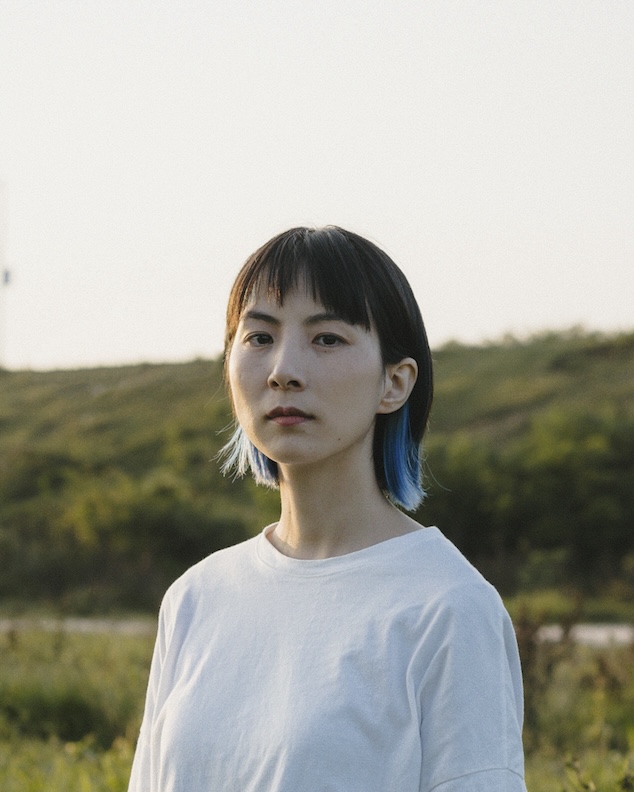
A walk might not only be in the mountains, but also in the mind, on a tree, on a pine needle. With the mindset of walking, one notices many interesting things.
— Xu Sanhuang
Inspired by Jinshanling’s complex terrain, diverse ecology, and flora and fauna, Li Hanwei harnessed bodily experience—from daily life to mountain hiking—alongside 3D scanning and printing techniques. This resulted in two interconnected series: Chronic Emotion Regulation and Untitled (Week ?).
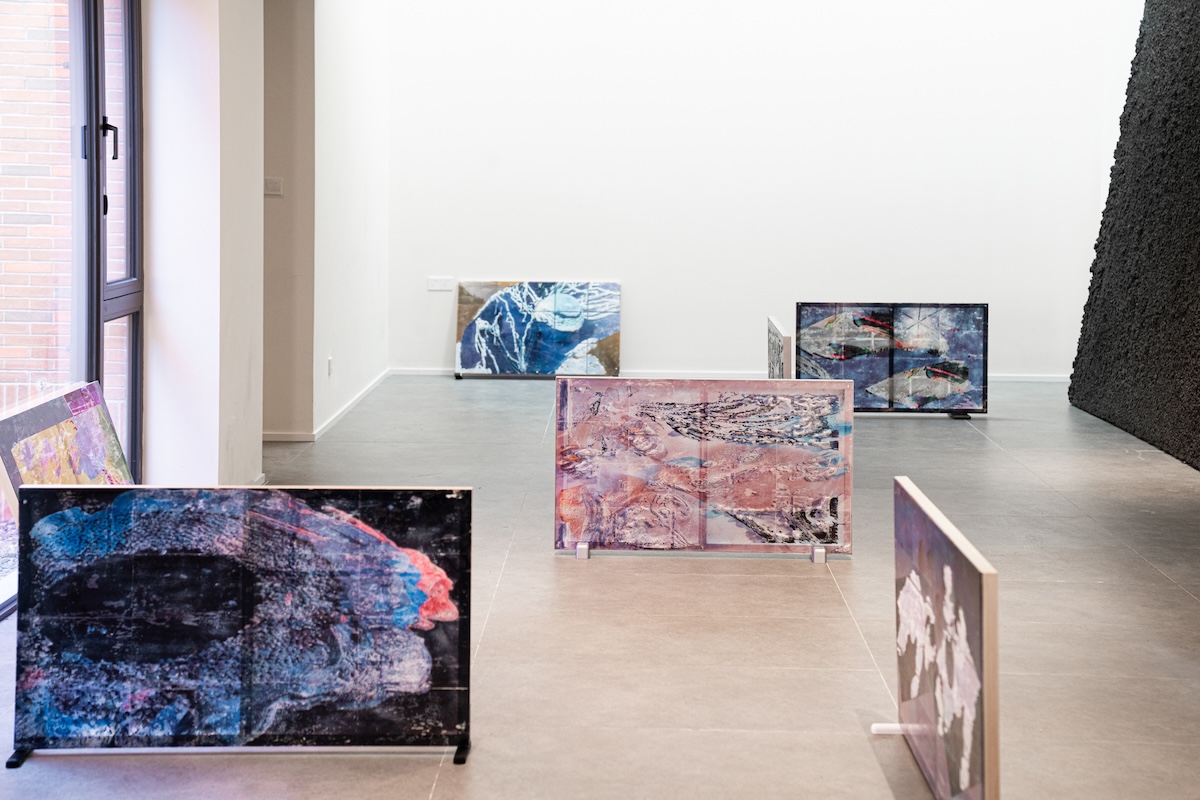
Li Hanwei, Untitled (Week ?) series, 2025
3D printing, CG rendering, acrylic transfer, fingerprint
scanning, acrylic, ink, AI drawing
112 × 65 cm, 7 pieces
Photo: Tree Image Studio
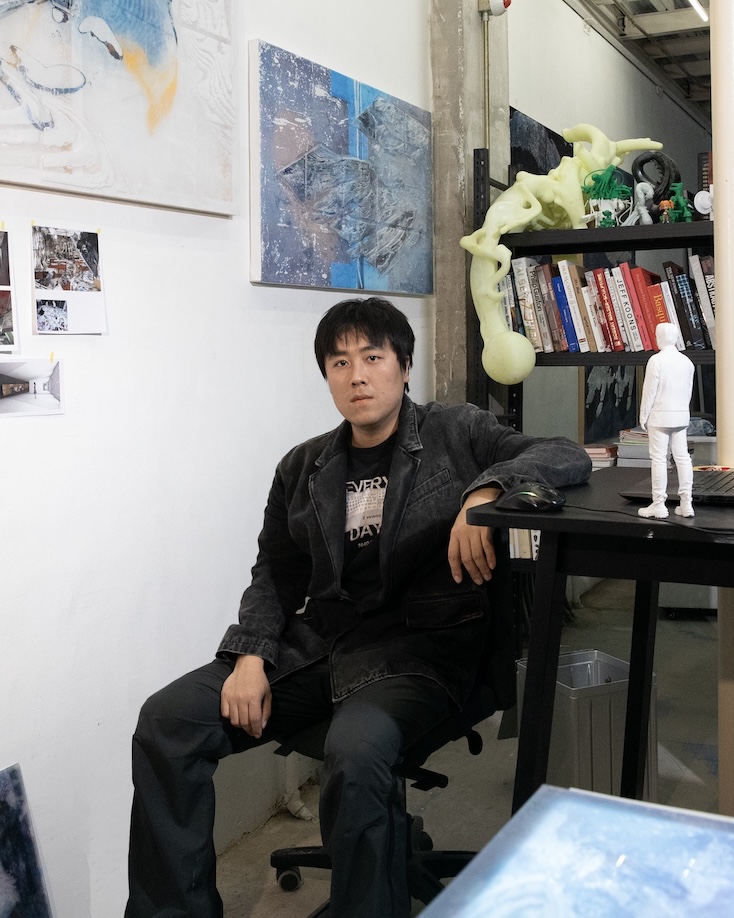
The real landscape of Jinshanling gradually transforms into a hybrid of memory and algorithm—those ink pigments on acrylic are neither the emotional brushstrokes of traditional painting nor purely digital renderings, but a third visual language emerging from human-machine collaboration.
— Li Hanwei
Building upon Jinshanling’s natural and cultural resources, Feng Zhixuan conceived the Glacier Tower project and his Ice Wings Descend series. These works reimagine the region’s landscape and stories, prompting new awareness among locals and visitors of the local environment and its elements.
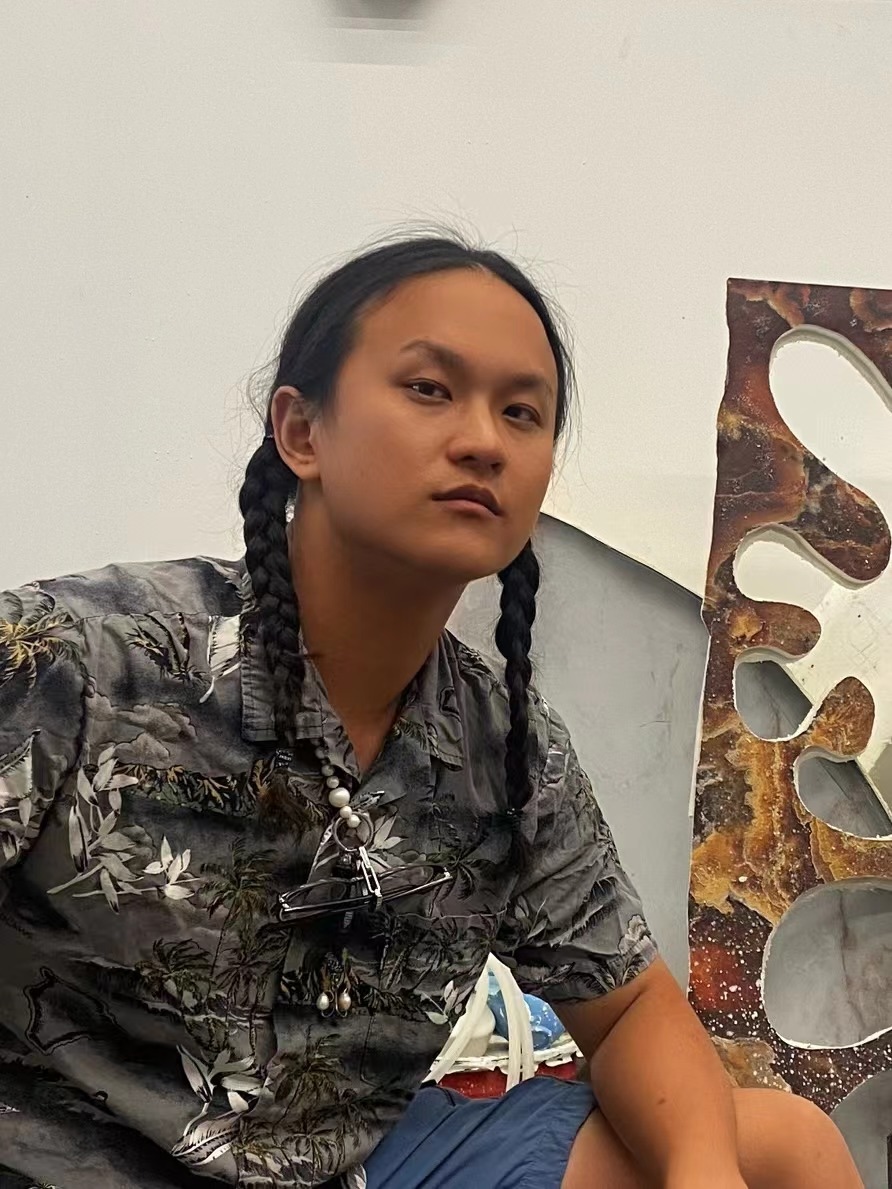
Ice Wings Descend resembles an unknown flying craft in the shape of a manta ray, or a chrysalis nurturing a titan insect deep within the forest. It represents a fusion of alien technology and Earth’s ecology, heralding future transformations.”
— Feng Zhixuan
As the late-winter snow began to melt at Jinshanling, Cai Minhao used photography to explore the imagined transition from snow to mountain, path, village memory, and migratory trajectories. His images respond to immediate spatial experiences while subtly linking the personal, terrain, and recollection.

I also imagine the past of this modern community, tracing its shape before it became a community—out of curiosity and an instinctive nostalgia for things that disappear.
— Cai Minhao
Indonesian artist Marten Bayuaji drew inspiration from Chinese characters and his hiking experiences, producing an installation and a performance documentation video during the residency.
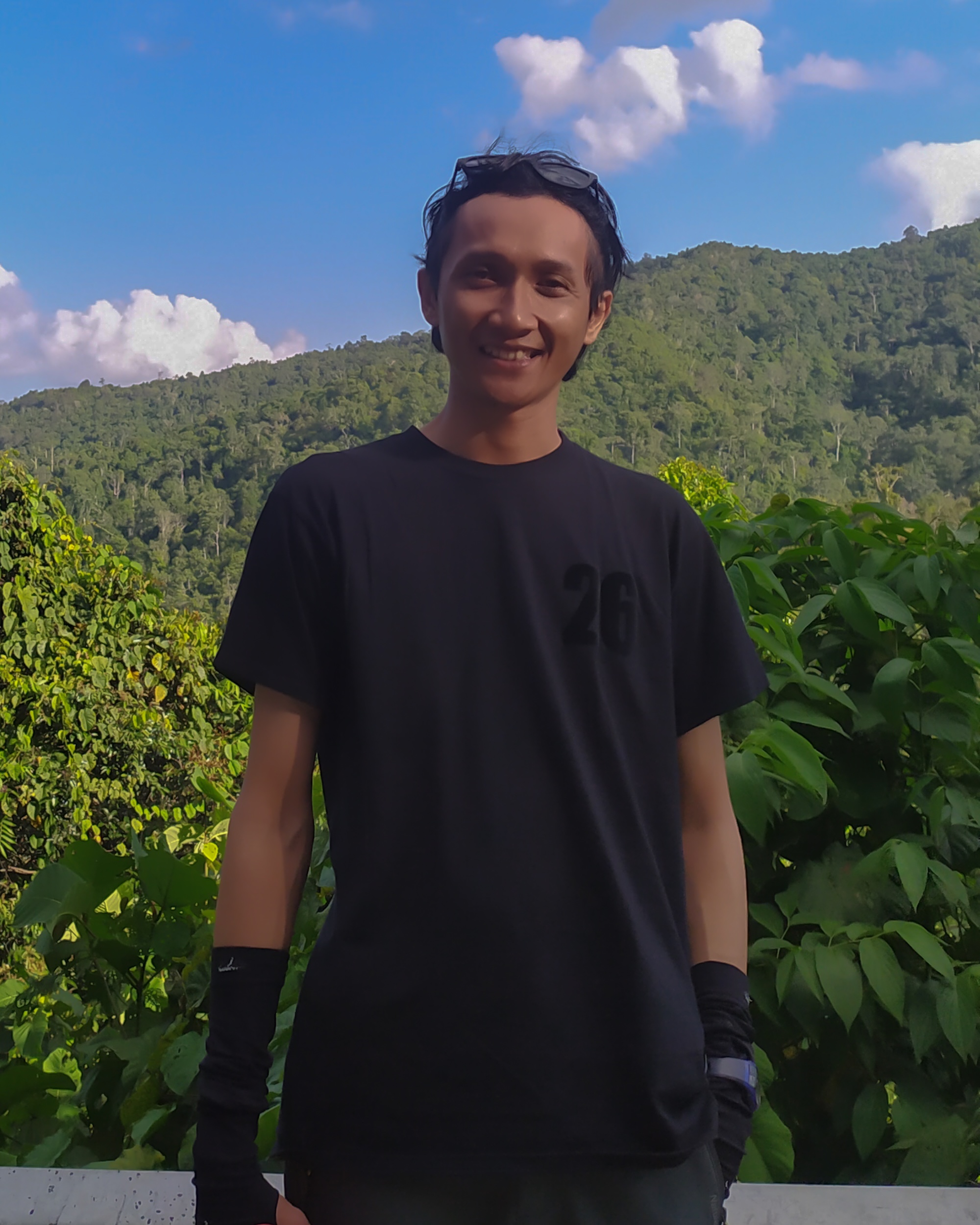
In every climb, two opposing forces compete within me—a spiritual duality like arrhythmia. They are fear and desire. One drives me to conquer the mountain; the other cautions me about risk and disaster... These two characters suggest that the spiritual realm is always tied to the heart. It seems the heart embodies and controls these states. If so, does mastery over the heart require unseen knowledge? Facing nature, desire on my right, fear on my left—I walk between them.
— Marten Bayuaji
Continuing her longstanding practice of reimagining the past, Wang Tingyi Roxanne collected fallen branches, broken stems, and withered seeds to glimpse future seasons—spring, summer, and autumn. Through painting, she amplifies emotional experiences by paring down detail in remembered landscapes and observing the rhythm of the mountains through a lens infused with vegetation.
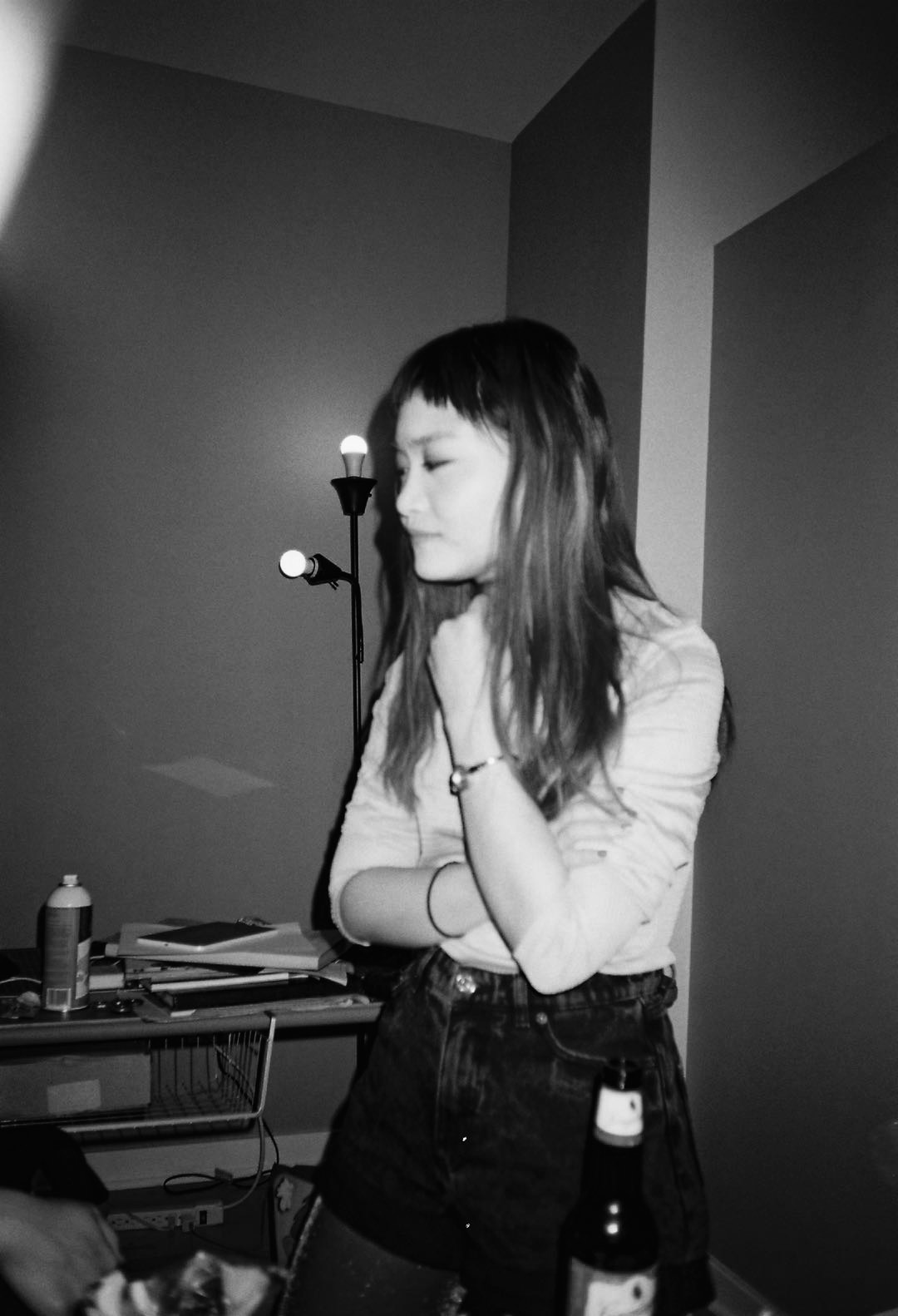
Jinshanling’s late-winter dormancy is a form of attitude—an ecological balance maintained through the seasons. During the residency month, I observed this season’s quiet introspection and hidden temporality.
— Wang Tingyi Roxanne
Emirati artist Hashel Al Lamki centered his work on fabric, drawing on observations of local nature, topography, history, and his first impressions of China. He ventured outside the Aranya grounds to collect old textiles, dyed them with native materials, and collaborated with a local tailor to sew and collage—emulating the Chinese folk tradition of “the Hundred Clothes (百家布)” to create an artwork rooted in collective care.

I don't enter a place looking for what can be extracted. I look for what it’s already holding. I see land as an archive, a witness, and a collaborator. It is not an empty vessel, but a living record—marked by use, memory, and constant evolution.
—Hashel Al Lamki
Yu Guo gathered extensive visual material from Aranya and its surroundings, which will be edited into a series of short video essays reflecting on the residency period.
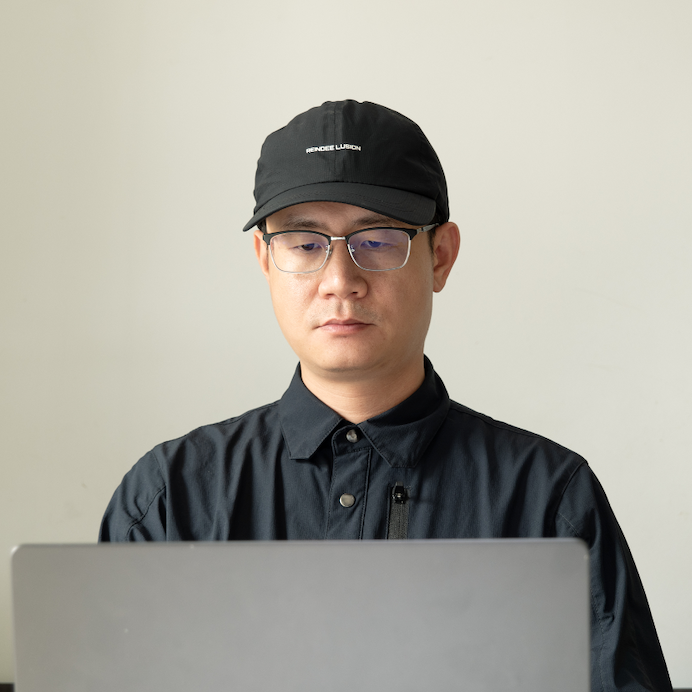
Over the residency month, I have been observing through clues, searching for Jinshanling’s intersections across time and space... I believe that when one stands in these intersections, it helps reveal the essence of spatial production—how do humans create these spaces? What future lives do people envision? How do illusions project onto real space? I abandoned the use of large equipment during the residency, opting for a phone-and-telescope setup to find a medium that is both everyday and detached.
— Yu Guo
Together, as an impromptu team of artist and publishing veteran, Yu Guo and Nei He will produce an illustrated book documenting their residency experience.
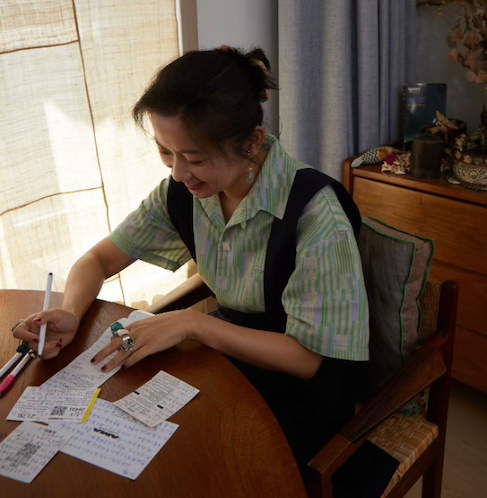
The named world and the unnamed world are not the same. At the start of ’25, Yu Guo and I spent sun, rain, snow, and wind here—he drew, I wrote, hoping that future visitors will hold this book in their hands. In the mountain folds, may there be new lakes, peaks, skies, and fresh eyes.
— Nei He
Cao Chunshu entered the site intuitively, combining bodily experience with local myth narratives to create two oil paintings on canvas.

For this residency, I placed my body between valleys and paths, searching for trees that resonated with my intuition—carriers of energy and spiritual guides... I sought to construct a visual language beyond the figurative—borne of natural observation, image thinking, and spiritual imagination. It is neither landscape painting nor cultural reconstruction, but a visual structure formed through my intuition, bodily experience, and intersecting local myth.
— Cao Chunshu
All works are commissioned by the Aranya Winter Residency Program (Contemporary Art) 2024–2025. All image courtesy of the artist.